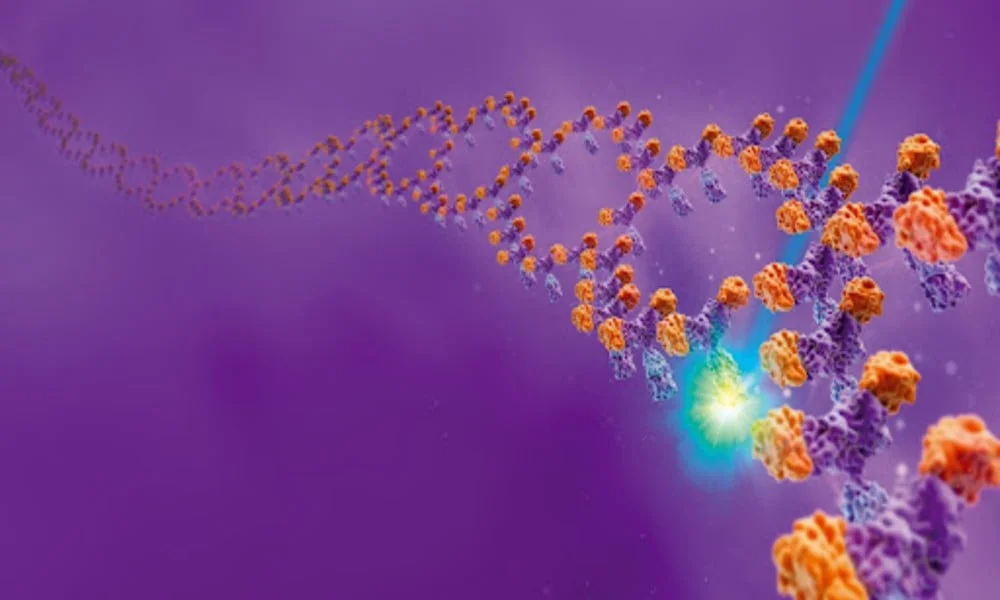The definitive monoclonal antibody (mAb) production procedure involves fusing myeloma cells with desired antibody-producing splenocytes to produce mAb-producing cells (hybridomas) (e.g. B cells). Animals, mainly mice, are used to obtain these B cells; following cell fusion, thousands of clones are screened and chosen based on antigen specificity and immunoglobulin type. After identifying candidate hybridoma cell lines, each “hit” is confirmed, validated, and described using a range of functional tests. After that, the clones are ramped up, and more downstream bioprocesses occur. Continue reading this blog to understand the Production of Monoclonal Antibodies:
The Steps In A Typical Monoclonal Antibody Production Process Are As Follows:-
-
Immunization
In hybridoma technology, the initial step is to immunize an animal (typically a mouse) with the right antigen, and as the antigen is injected subcutaneously, coupled with an adjuvant (adjuvants are non-specific potentiators of typical immune responses). Kindly note these injections are done several times at different locations.
This allows B-lymphocytes reacting to the antigen to be stimulated more effectively. A final antigen dosage is given intravenously three days before the animal is killed. Immune-stimulated cells have been able to reach their full potential for antibody production as a result of this strategic method. Throughout the immunization process, the concentration of the required antibodies is measured in the animal’s serum at regular intervals.
The animal is sacrificed when the antibody serum concentration is optimal and the spleen is removed aseptically and burst using mechanical or enzymatic techniques to liberate the cells. Density gradient centrifugation separates the lymphocytes from the rest of the cells in the spleen.
-
Cell Fusion
The lymphocytes are entirely cleansed and combined with HGPRT-defective myeloma cells because polyethylene glycol (PEG) is poisonous, and the mixture of cells is exposed to it for a brief time (a few minutes). The PEG is washed away, and the cells are placed in a new medium. These cells are made up of hybridomas (fused cells), free myeloma cells, and free lymphocytes.
-
Selection of Hybridomas
Only the hybridoma cells proliferate when the cells are cultivated in HAT media (the principle mentioned above), while the remainder progressively fades away. This occurs after 7–10 days of cultivation, and selecting a single antibody-producing hybrid cell is crucial, and this is possible if the hybridomas are isolated and cultured independently. Due to the dilution of the hybridoma cell solution, individual aliquots of hybridoma cells contain on average, one cell. When cultivated in a standard culture medium, these cells produce the necessary antibody.
-
Screening the Products
The hybridomas must be tested to produce the desired specificity antibody as each hybridoma culture’s medium is regularly checked for the necessary antibody specificity. ELISA and RIA are two regularly used methods for this purpose.
The antibody binds to the specified antigen (typically coated on plastic plates) in both experiments, and the unbound antibody and other medium components can be washed away. The hybridoma cells that produce the appropriate antibody can be identified by screening. A monoclonal antibody is a name given to the antibody released by hybrid cells.
-
Cloning and Propagation
Isolate and clone the single hybrid cells that produce the appropriate antibody. Two methods are typically used for cloning hybrid cells: the limited dilution approach and the soft agar method. In practice, however, both strategies are integrated and used to maximize mAb production.
-
Characterization and Storage
The monoclonal antibody must be subjected to biochemical and biophysical characterization for the appropriate specificity. It’s also crucial to figure out what immunoglobulin class or subclass the MAb belongs to, what epitope it targets, and how many binding sites it has.
The cell lines and MAbs must stay stable, and the ability of the cells (and MAbs) to tolerate freezing and thawing must be determined. At various stages of cloning and culture, the appropriate cell lines are frozen in liquid nitrogen.
Final Words
Monoclonal antibodies are a crucial part of a biochemist’s research arsenal and are significant diagnostic reagents and medicines for proteome research.
Genext Genomics Pvt Ltd has a cutting-edge laboratory for creating high-affinity monoclonal antibodies in mice and also does Monoclonal Antibody Contract Manufacturing. We provide a full package for manufacturing bespoke monoclonal antibodies from synthetic peptides or recombinant protein antigens using mouse hybridoma technology.
Also Read: Advantages of Hybridoma vs Phage Display for Monoclonal Antibody Production



